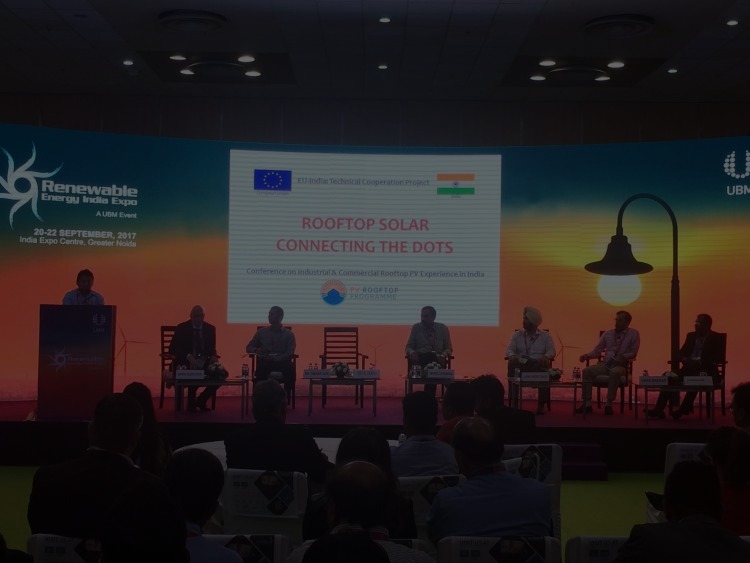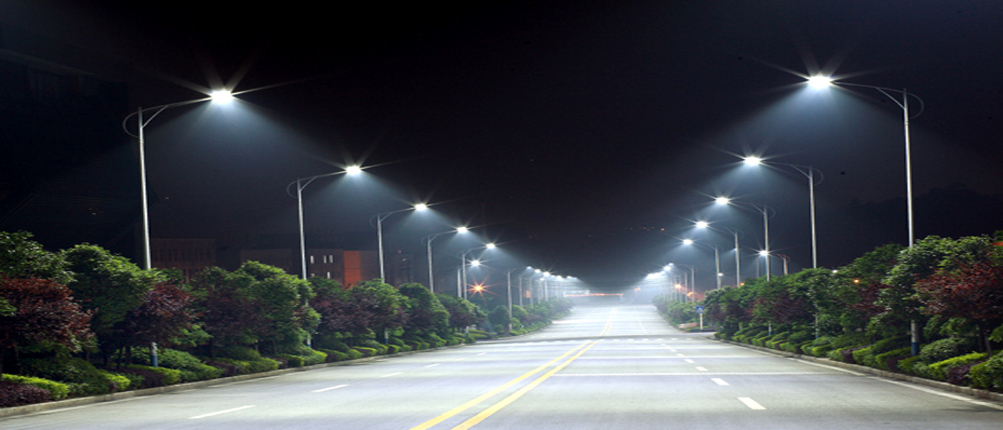India has made an ambitious target of 40 GW grid-connected rooftop installations by 2022, in support the government has raised the budget up to INR 50 billion ($768 million).
According to Climate Policy Initiative (CPI), the rooftop projects required high initial capital investment and low operating costs. The typical rooftop project has a size of less than 200 kW, considering C&I space. The average life of the project is 25 years, where, the debt-equity ratio stands at 70:30. The average capital costs required for 100 kW is INR 5 million. And the installation time averages less than three months, inclusive of the time needed for the various permissions.
The rooftop projects are marked by the average debt service coverage ratio (DSCR) of 1.2 times. The expected equity IRR is moderate, that is, more than 12%, but confirm constant returns to the investor. And if proper bundling, higher ratings, and track record are sustained, then the sector can attract investors looking for continuous flows.
In the rooftop sector, the State Bank of India (SBI) together with the World Bank has sanctioned INR 40.7 billion ($625 million) for grid-connected solar rooftops. Similarly, Punjab National Bank (PNB) has received INR 32.5 billion ($500 million) multi-tranche facility by Asian Development Bank (ADB). IREDA and RBL Bank are also supporting the sector through loans.
The CPI has made this presentation during the recent seventh international solar alliance (ISA) get together, and stakeholders meeting held in New Delhi on November 15, 2017. The company has detailed the obstacles observed in ease of financing and has suggested the solutions for the same.
Source: https://www.pv-magazine.com/2017/11/21/climate-policy-initiative-presents-financial-solutions-for-rooftop-solar-in-india/


